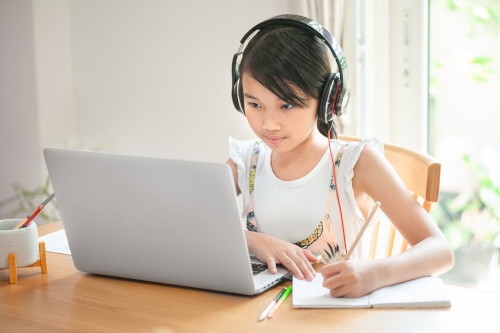Students who attend online school today range from homeschoolers, to those seeking an alternative to in-person public schools, to learners who want to mix virtual schooling with in-person learning. Also, some districts have decided to keep an online option open for students who choose that method.
And while numerous parents and students have chosen to make online learning part of their education, the transition can be challenging. As someone who’s been involved with online schools for more than eight years, here are five common areas of concern and tips for how teachers and parents can navigate these challenges successfully.
Organization and Scheduling are Vital
While the idea of controlling the time and pace of a child’s education sounds freeing, this can be a major impediment for students unused to making their own schedule. Studies show that students’ executive functioning, the part of the brain that governs planning, organizing, and paying attention, is not fully formed until high school or later.
The first thing a parent or teacher should do for students new to online learning is create some type of calendar, whether online or physical. This will give learners a go-to spot to view what’s due, when, and allow them to organize. A planner can also help parents track their children’s tasks, especially if they have multiple children in different grades.
Also, students need a routine that includes both time and place. Make sure your students have all the tools they need, from computers to notebooks to headphones, and a place that signifies it’s time to learn. Headphones are vital, especially if the learner will share space with other children.
Don’t Forget Manipulatives and External Rewards
Online learning doesn’t have to be only screen time. Students should incorporate manipulatives into their routines, from younger students learning math basics to older students who may be completing lab work. Scan Pinterest or other social media sites if you need examples. Also, note that these tools don’t have to cost a lot.
Related:
How to prepare new teachers for virtual learning
4 tips for online learning success in schools
- COVID learning loss likely to linger without intensive work - May 29, 2023
- How to elevate climate literacy for future scientists - May 29, 2023
- How to reimagine teacher leadership - May 26, 2023

